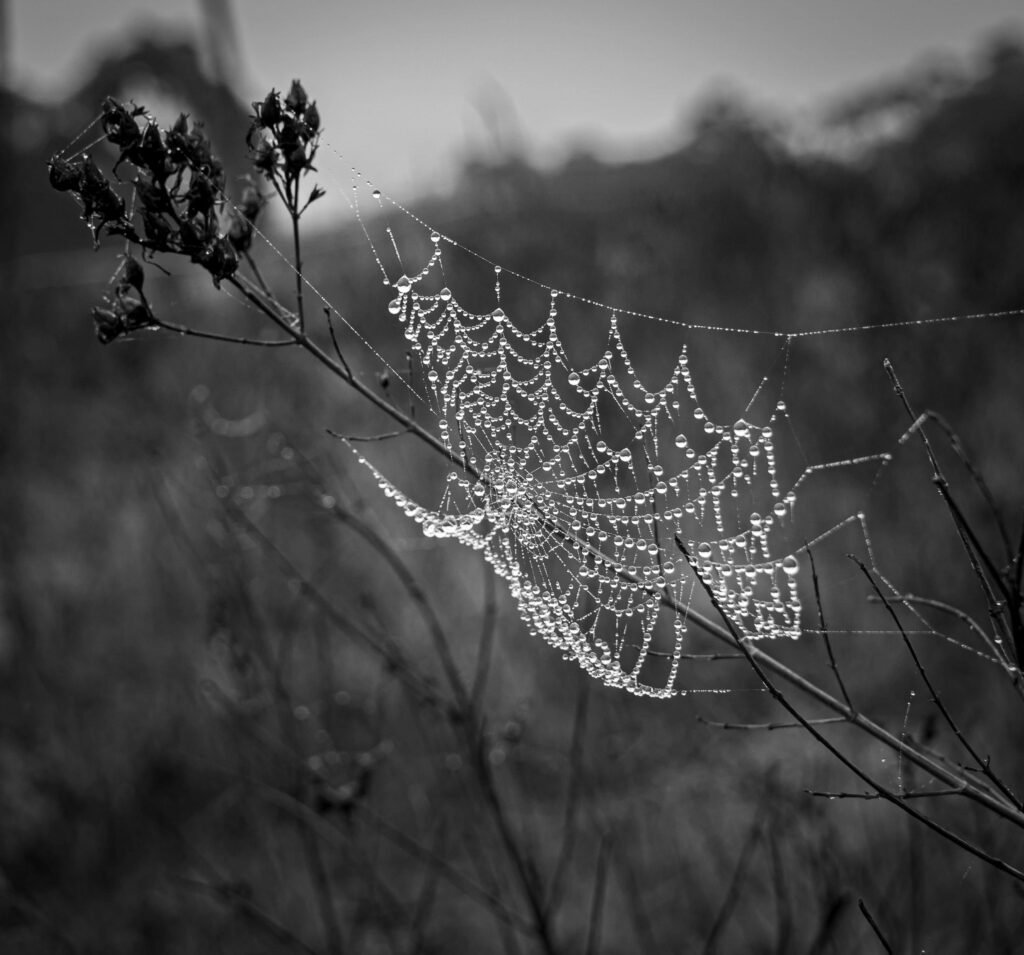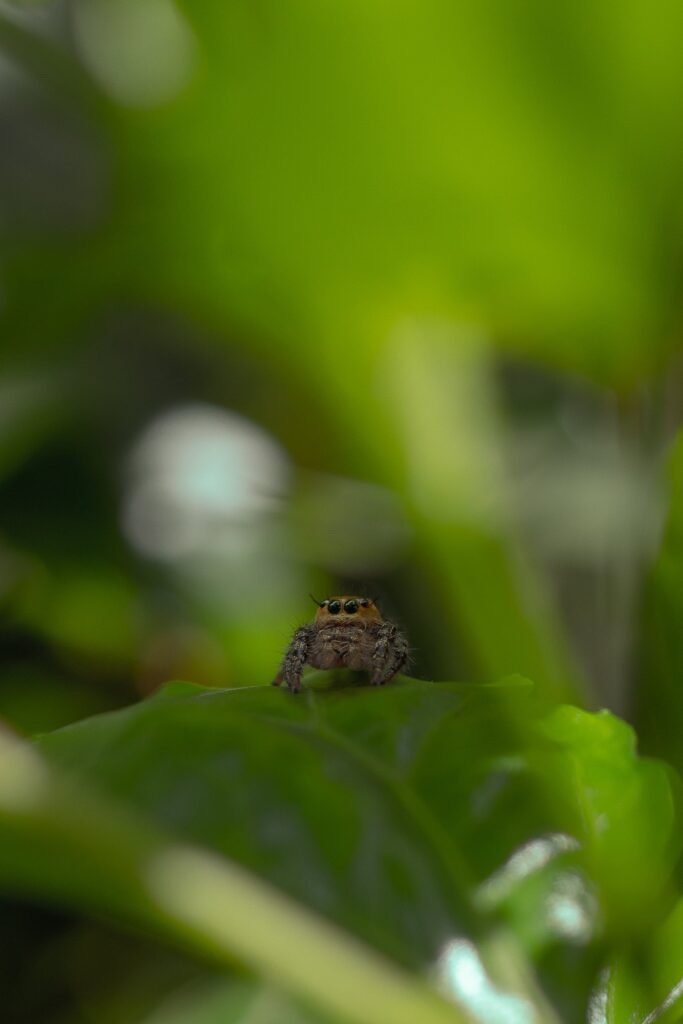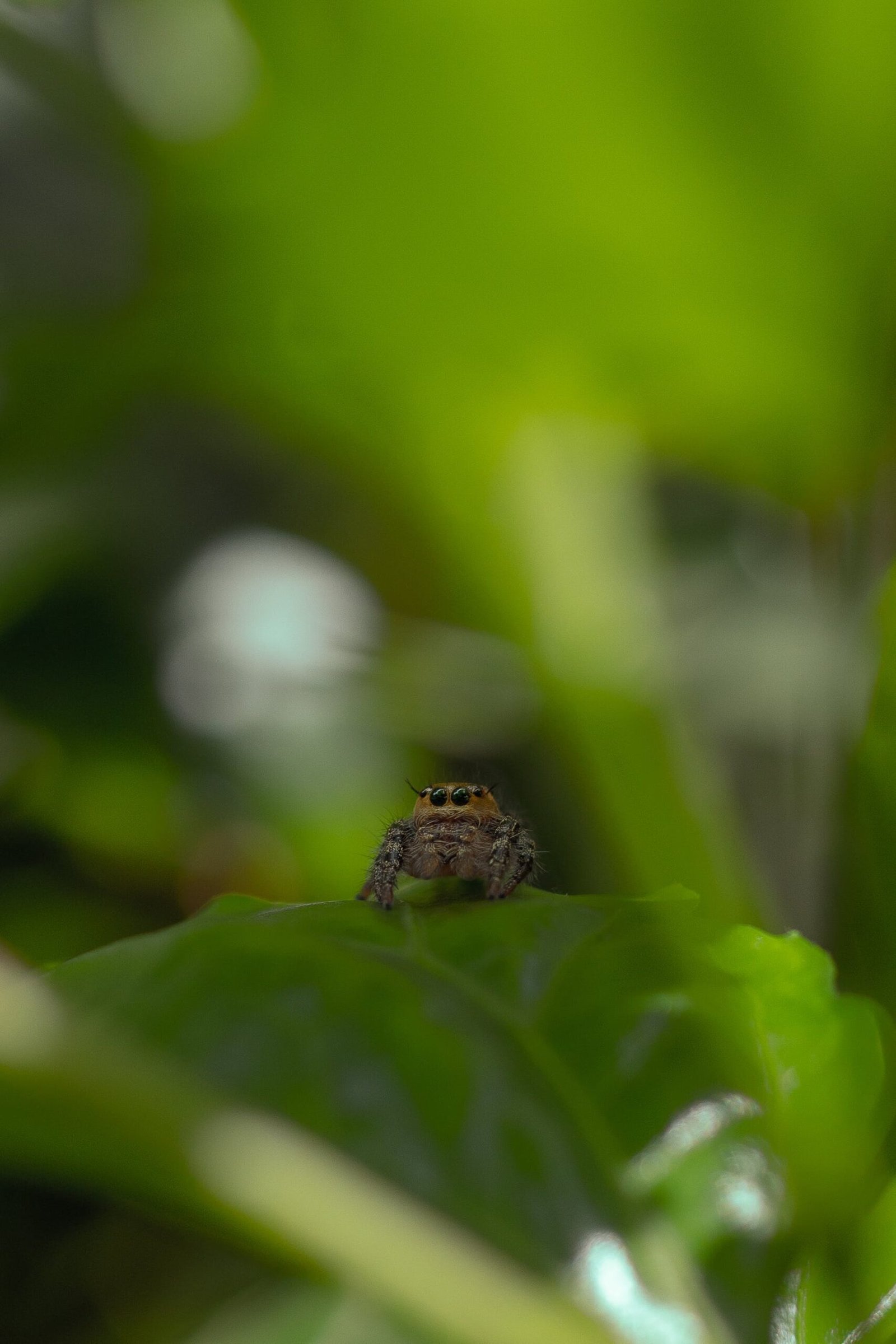Tarantulas may be known for their intimidating size and venomous fangs, but even these formidable arachnids have their own set of predators to contend with in the wild. While tarantulas are skilled hunters themselves, there are a handful of creatures that pose a threat to them, making the spider’s survival an ongoing game of predator and prey. From large reptiles like snakes and lizards to certain types of birds and mammals, the existence of natural predators plays a crucial role in maintaining the delicate balance of nature’s ecosystem.

Birds
Birds are a diverse group of animals that play a vital role in our environment. They are known for their ability to fly and their beautiful feathered appearances. When it comes to the natural predators of tarantulas in the wild, birds of prey are one of the main threats. Birds of prey, such as hawks, eagles, and owls, have keen eyesight and excellent hunting skills that make them formidable predators. These birds have sharp beaks and talons, which they use to capture and subdue their prey, including tarantulas. Due to their ability to spot and catch tarantulas on the ground or in trees, birds of prey pose a significant threat to these spiders in their natural habitats.
Songbirds
While most songbirds primarily feed on seeds, fruits, and insects, some species have been known to include tarantulas in their diet. Songbirds, such as thrushes, warblers, and wrens, are generally smaller in size compared to birds of prey. However, they compensate for their size with agility and quick movements. In certain cases, particularly in areas where tarantulas are abundant, songbirds have been observed swooping down to capture and consume these arachnids. The combination of their speed and ability to surprise their prey gives songbirds an advantage when hunting tarantulas.
Reptiles
Reptiles, another group of animals found in various ecosystems, also have their share of natural predators that can potentially prey on tarantulas. Snakes are especially known to be formidable predators of tarantulas. Some snake species, like rattlesnakes and king snakes, have adaptations that allow them to overpower and consume tarantulas. These snakes use their venom or constricting abilities to immobilize their prey before devouring it. Similarly, lizards are also known to prey on tarantulas, although their diet mostly consists of insects. The quick reflexes and sharp teeth of certain lizard species enable them to catch and consume tarantulas, especially when the opportunity arises.
Amphibians
Frogs and toads, the two main groups of amphibians, may not typically be considered predators of tarantulas. However, there have been occasional reports of certain frog and toad species consuming small tarantulas. Amphibians are known for their ability to catch and consume a wide range of insects and other small invertebrates, making it possible for them to occasionally include tarantulas in their diet. While this behavior is not widespread among amphibians, it highlights the adaptable nature of these animals and their ability to exploit available food sources.

Mammals
In the realm of mammals, several species have been observed preying on tarantulas. Small mammals like mice and rats can occasionally consume tarantulas, especially if they come across them while scavenging for food. Skunks, opossums, and raccoons are also known to prey on tarantulas when the opportunity arises. These mammals have a varied diet and are opportunistic predators, capable of capturing and consuming tarantulas if they find them in their natural habitats.
Insects
While tarantulas themselves are arachnids, they do have natural predators within the insect world. Ants, despite their small size, have been observed preying on tarantulas. Certain species of ants, known as army ants, often form large foraging groups and can overpower a tarantula with their sheer numbers. Beetles, another group of insects, can also be predators of tarantulas. Some beetle species, like the ground beetle, have powerful jaws and are capable of overpowering and consuming tarantulas when the opportunity arises.

Other Arachnids
Aside from birds, reptiles, amphibians, mammals, and insects, tarantulas also face threats from other arachnids. Scorpions, arachnids closely related to spiders, are known to be predators of tarantulas. Scorpions possess a venomous sting that they use to immobilize their prey, including tarantulas. This can make them formidable opponents for tarantulas, especially if the two come into contact in their shared habitats.
Fish
While tarantulas primarily inhabit terrestrial environments, there are a few natural predators in aquatic ecosystems that can pose a threat to them. Piranhas, known for their sharp teeth and aggressive feeding behavior, have been observed preying on tarantulas that accidentally fall into the water. Catfish, another type of fish commonly found in freshwater habitats, can also prey on small tarantulas that venture near the water’s edge.

Crustaceans
In coastal areas, tarantulas may sometimes encounter their predators in the form of crustaceans, specifically crabs. Although not a common occurrence, there have been reports of crabs consuming tarantulas that come too close to their habitats. With their powerful claws and opportunistic feeding behavior, some crab species are capable of capturing and consuming tarantulas, providing a unique challenge for these land-dwelling spiders.
Spider Wasps
One of the most notable natural predators of tarantulas is the spider wasp. Spider wasps are a group of insects that exclusively prey on spiders, particularly larger species like tarantulas. Female spider wasps will paralyze a tarantula with their venomous sting, and then carry the immobilized spider to their burrow. There, they lay their eggs on the still-living tarantula, providing a food source for the developing wasp larvae. This unique predator-prey relationship between tarantulas and spider wasps showcases the diversity of interactions that can occur in nature.

Humans
While it’s important to note that humans are not natural predators of tarantulas, they can indirectly impact their populations through habitat destruction and poaching. Deforestation and urbanization can disrupt the natural habitats of tarantulas, limiting their food sources and hiding places. Additionally, illegal poaching for the exotic pet trade can reduce wild populations of tarantulas. It is crucial for humans to be mindful of the impact they have on the ecosystems that tarantulas call home, and to promote conservation efforts to ensure the survival of these fascinating creatures in the wild.
In conclusion, tarantulas, like many other animals, have a wide range of natural predators across different taxonomic groups. Birds, reptiles, amphibians, mammals, insects, and even other arachnids can all pose a threat to tarantulas in their natural habitats. Understanding the complex web of predator-prey relationships is essential for preserving the ecological balance and biodiversity of our planet. By appreciating the role of each predator in the natural world, we can work towards conserving these fascinating creatures and the ecosystems they inhabit.
